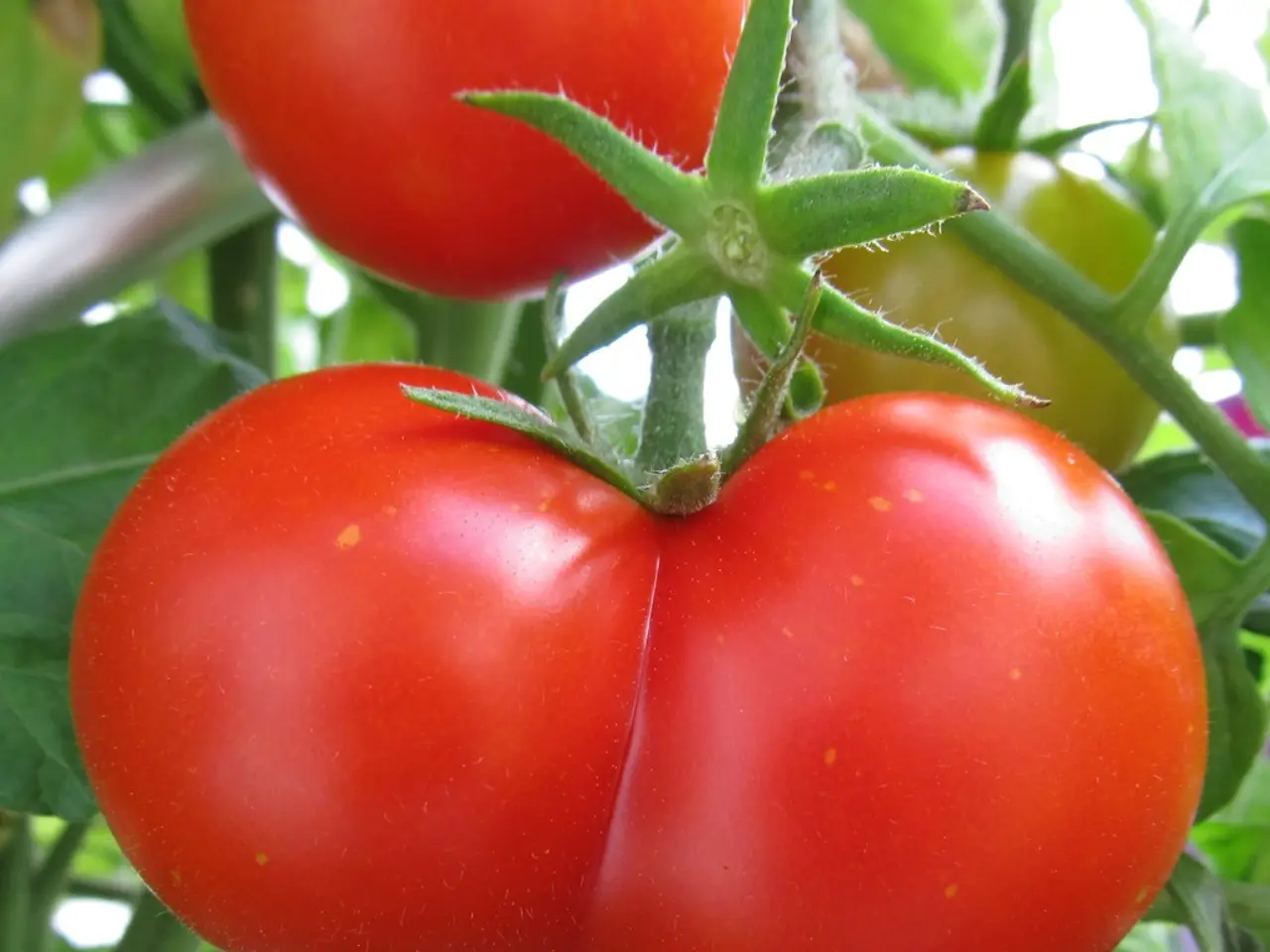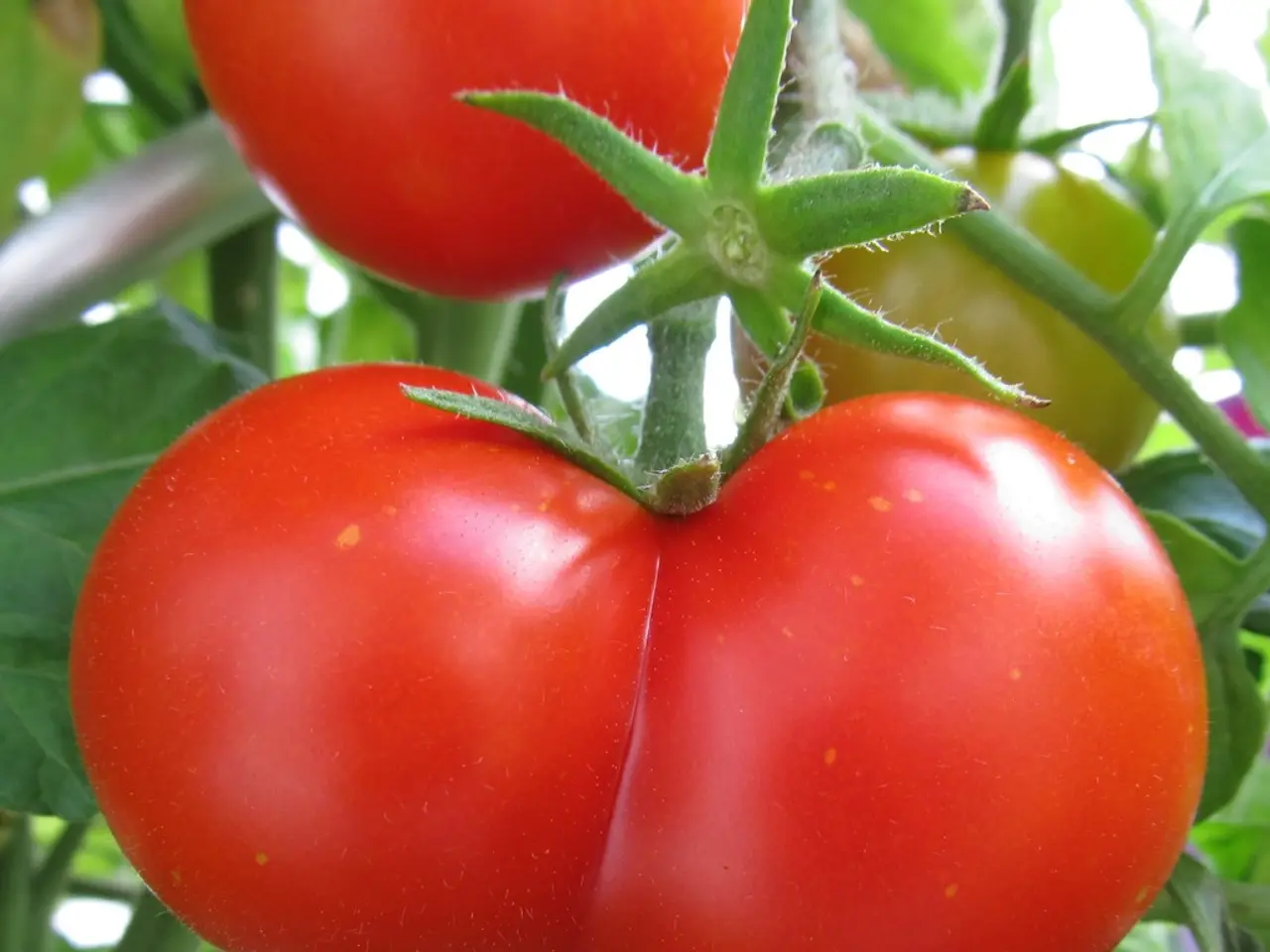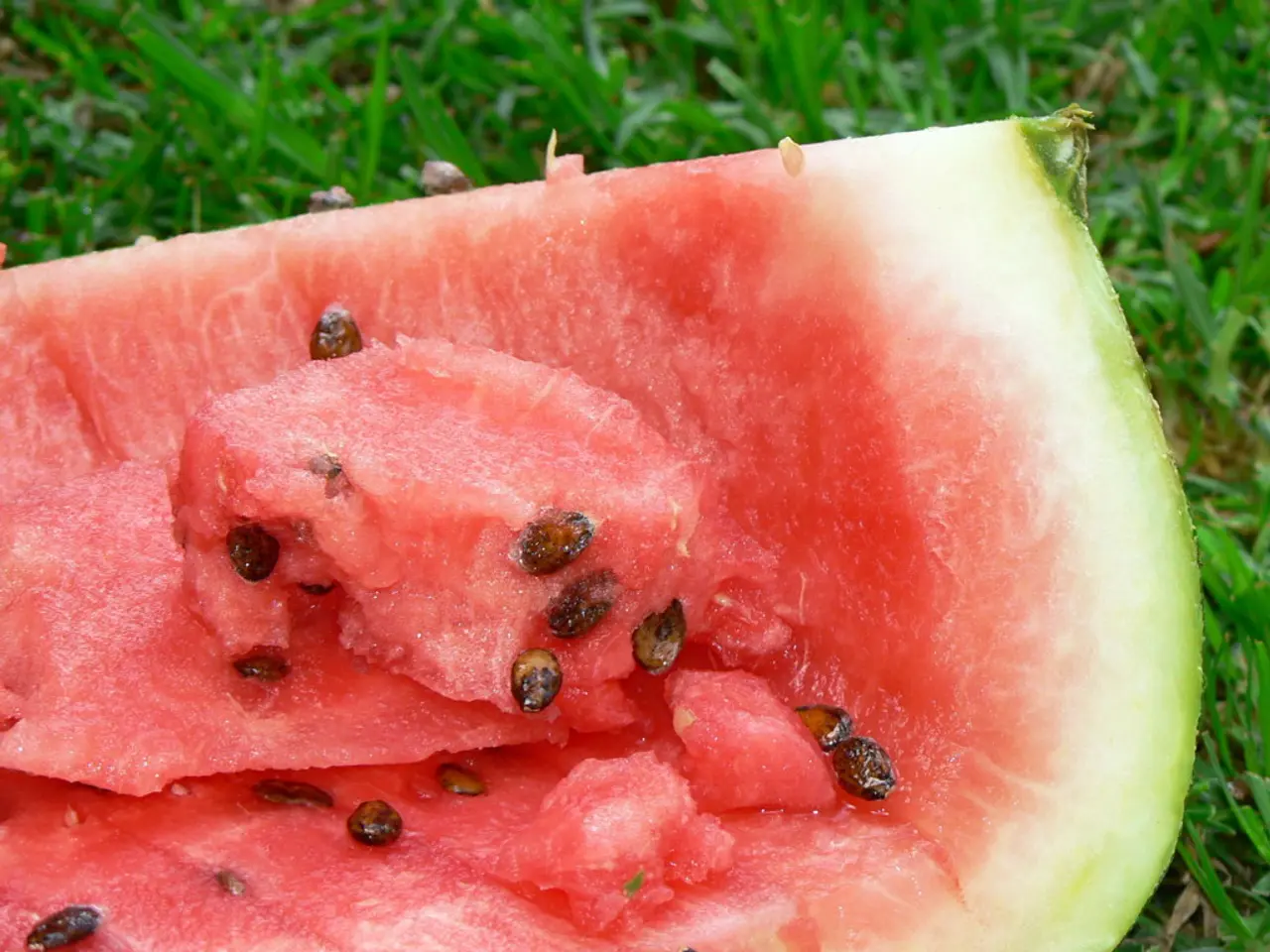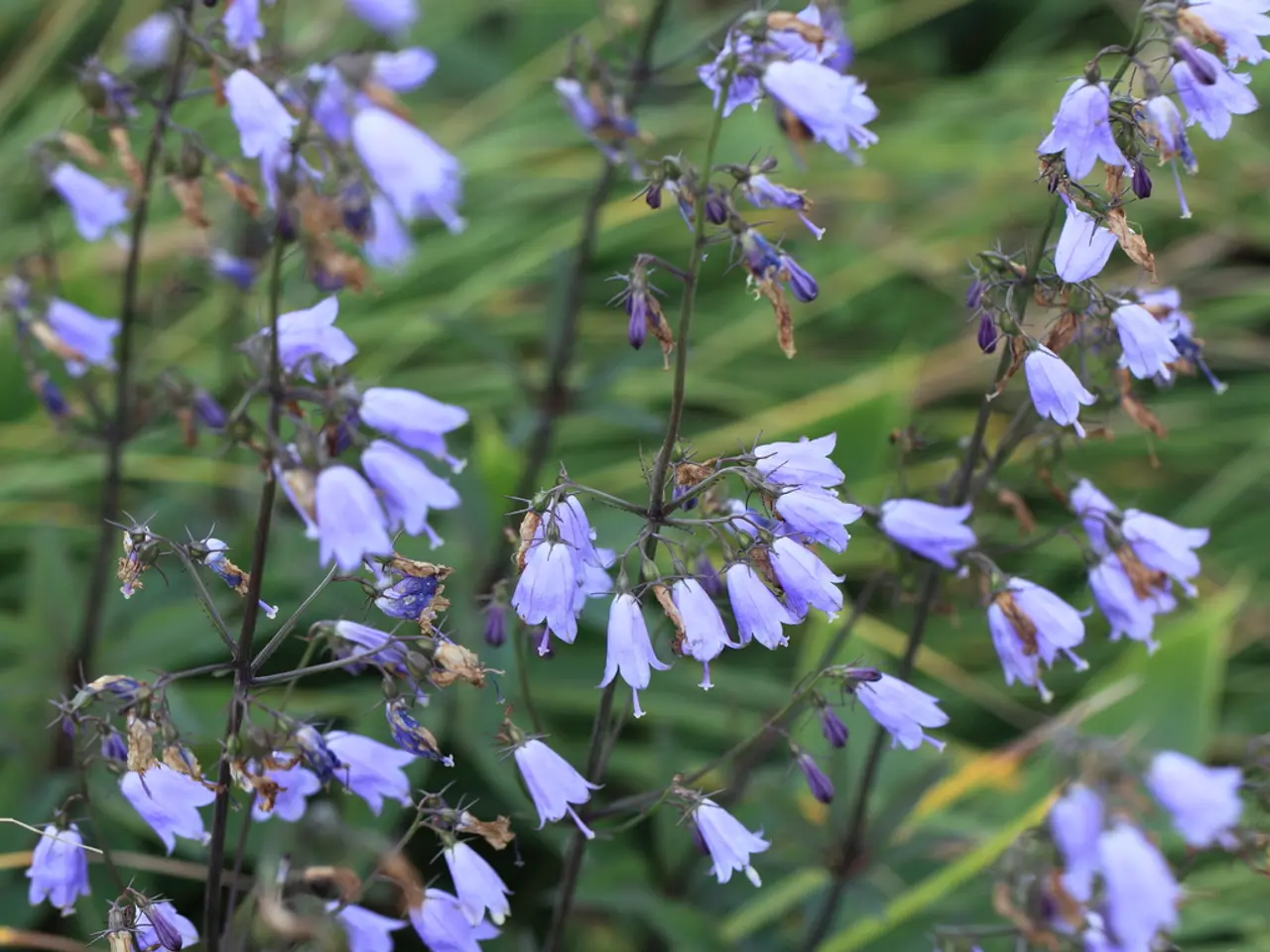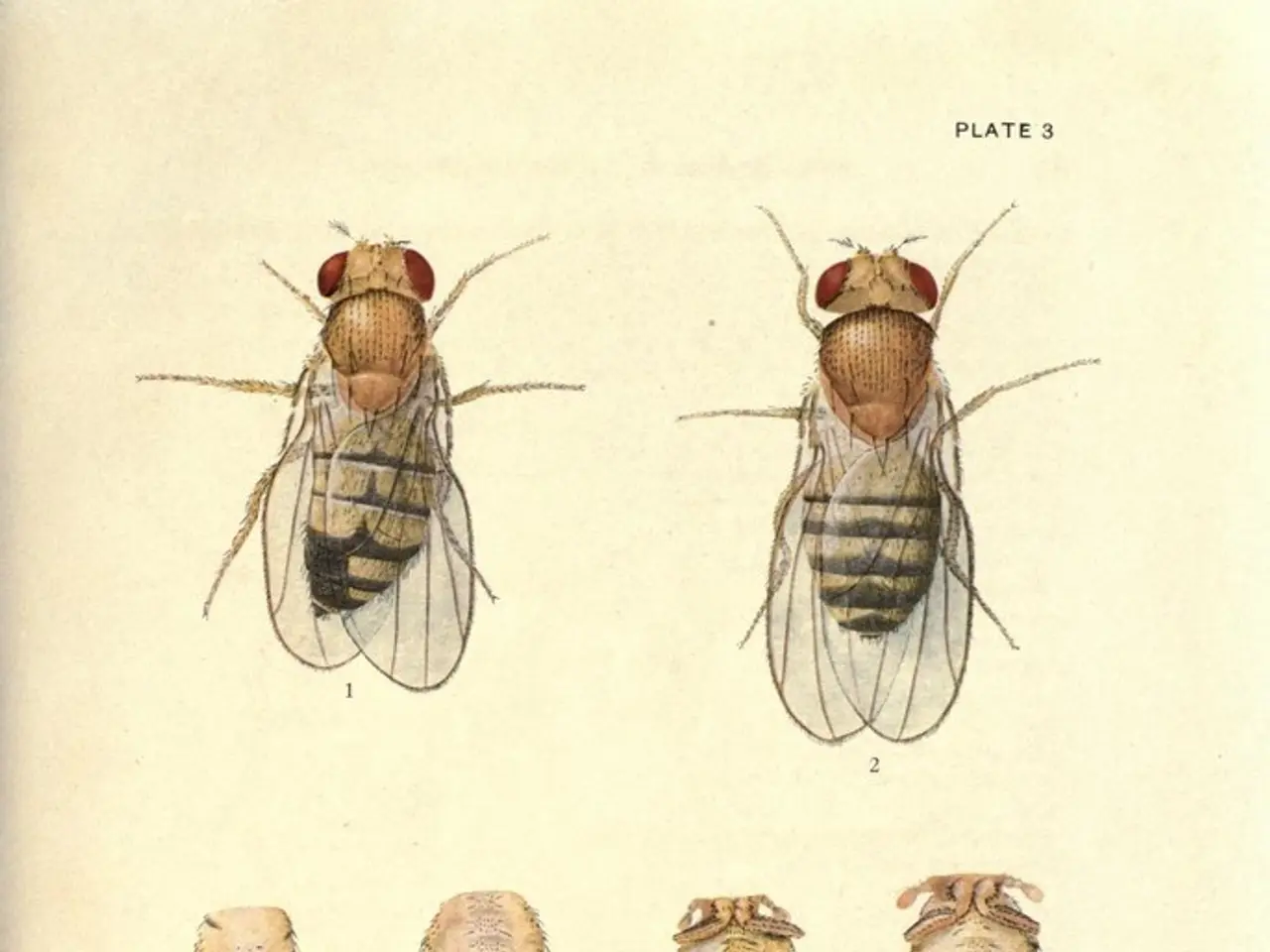Guide on Transplanting Tomato Plants: Steps and Tips for Successful Transplants
Gardening ain't complete without a touch of tomatoes, 'cause they're frickin' essential! These babes are versatile, going great in everything from salads to sauces, making them a must-have for any home cook, especially those who like to cook from scratch.
But hold up, let's not get it twisted — the store-bought tomatoes? Nah, man, they're more like cardboard squares masquerading as tomatoes. For real flavor and nutrients, you gotta grow your own garden-fresh tomatoes. Those store-bought ones? Pfft, they just don't compare.
So, how do you grow these delicious treats? Let me break it down for ya.
First things first, you gotta get those seedlings in your garden. Sure, you could just chuck 'em in a hole and hope for the best, but trust me, that ain't gonna cut it. You want a healthy harvest every damn time? Do it the right way from the get-go.
How to Transplant Tomatoes
The When
Seedlings should be transplanted when they're around six inches tall, and the soil temperature should be at least 55°F. Outside temperature should be in the 60s or 70s for highs and no lower than the 50s for lows. No frost, m'kay? If it's still a bit chilly, cover them with a row cover, cold frame, or somethin' like that. But, if ya get impatient and put 'em out too soon, it ain't gonna help, and it could harm your crop.
When it's planting day, make it a cloudy one. This helps the plants adjust without getting all dried out by the sun.
A note about hardening off
Whether you bought plants from the store or started 'em yourself, they need to be hardened off. This helps 'em get used to wacky outdoor temperatures and prevents shock from sudden sunburst. To harden off, place your plants outside during the day, in the shade. If it gets cold at night, bring 'em in. For about 7 days, bring 'em a little closer to partial sun each day. Your plants will be stronger for it!
The What
Just tossin' plants in the ground, right? Wrongo! If you wanna get those juicy yields, you gotta prepare that ground, son. Add some compost to your plot, about 2 inches on top. If your soil is already well-drained and workable, just toss the compost on top. If it ain't, go ahead and till it into the top few inches of soil.
To prepare the hole, put about two tablespoons of Epsom salt in the bottom, then add about one cup each of kelp meal and bone meal. These nutrients help your plant throughout the growing season and keep 'em healthy and productive.
Water your whole garden a few hours before you plant, so the soil is nice and moist. The top layer or so should be a bit dried out by planting time, hence less of a mess. If you got kids involved, they'll probably enjoy the mess anyway.
The How
So, you've hardened off your plants, picked a cloudy day, and the soil temperature is good. You're ready to stick those babies in the ground! My favorite part. I love diggin' into the dirt every spring, watchin' my efforts come to life, and reapin' rewards in the form of delicious, whole foods for me and my family.
This section goes one of two ways, depending on where you're livin'. Folks in the south or north...
Planting for northerners
Colder northern climates and shorter growing seasons mean you gotta let those seedlings root deep to stay healthy and strong. Stick that little seedling deep. Only the top leaf section should be out of the ground; the roots and stem section should be planted beneath the soil. Roots will grow from the stem section, which makes for a stronger plant and gives it more ability to reach nutrients. This, in turn, increases your yield! Stick it deep, leavin' only the top section of leaves out.
Planting for southerners
The south experiences a warmer, longer growing season. So, don't plant your tomatoes deep. If ya do, you're more likely to catch a fungus. It's also unnecessary, as the longer growing season gives the plant more access to nutrients. Only stick your seedlings as deep as the soil they're started in; no deeper than that. Planting a shallow plant helps ensure the stem section of your plant stays healthy and avoids a fungus — not great for your yield.
Once you've got your plants in the ground, whether ya' southern or northern, go ahead and place the stakes or cages. This prevents root damage, 'cause when they get bigger, they're more cumbersome to do it then.
Now, go forth, and harvest an awesome tomato crop this year!
Other Gardening Posts You'll Love:
- How to Grow Tomatoes: A Complete Guide
- How to Grow Onions From Seed: A Complete Guide
- Complete Guide to Growing Sugar Snap Peas
If you're lookin' for ideas on how to reconnect with your food, nature, and the old-school way of life, you've come to the right place.
Join over 40,000 like-minded folks in my Facebook group, The Self Sufficient Life. You can join by clickin' here.
- For a balanced food-and-drink lifestyle, besides cooking with home-grown tomatoes, you might want to explore the delights of gardening in your home-and-garden, such as growing onions from seed or sugar snap peas.
- Transitioning from store-bought tomatoes to home-grown doesn't just elevate your cooking, but it also offers a rewarding lifestyle change, connecting you more intimately with nature and the food-you-eat essence, a perfect addition to your food-and-drink journey.
